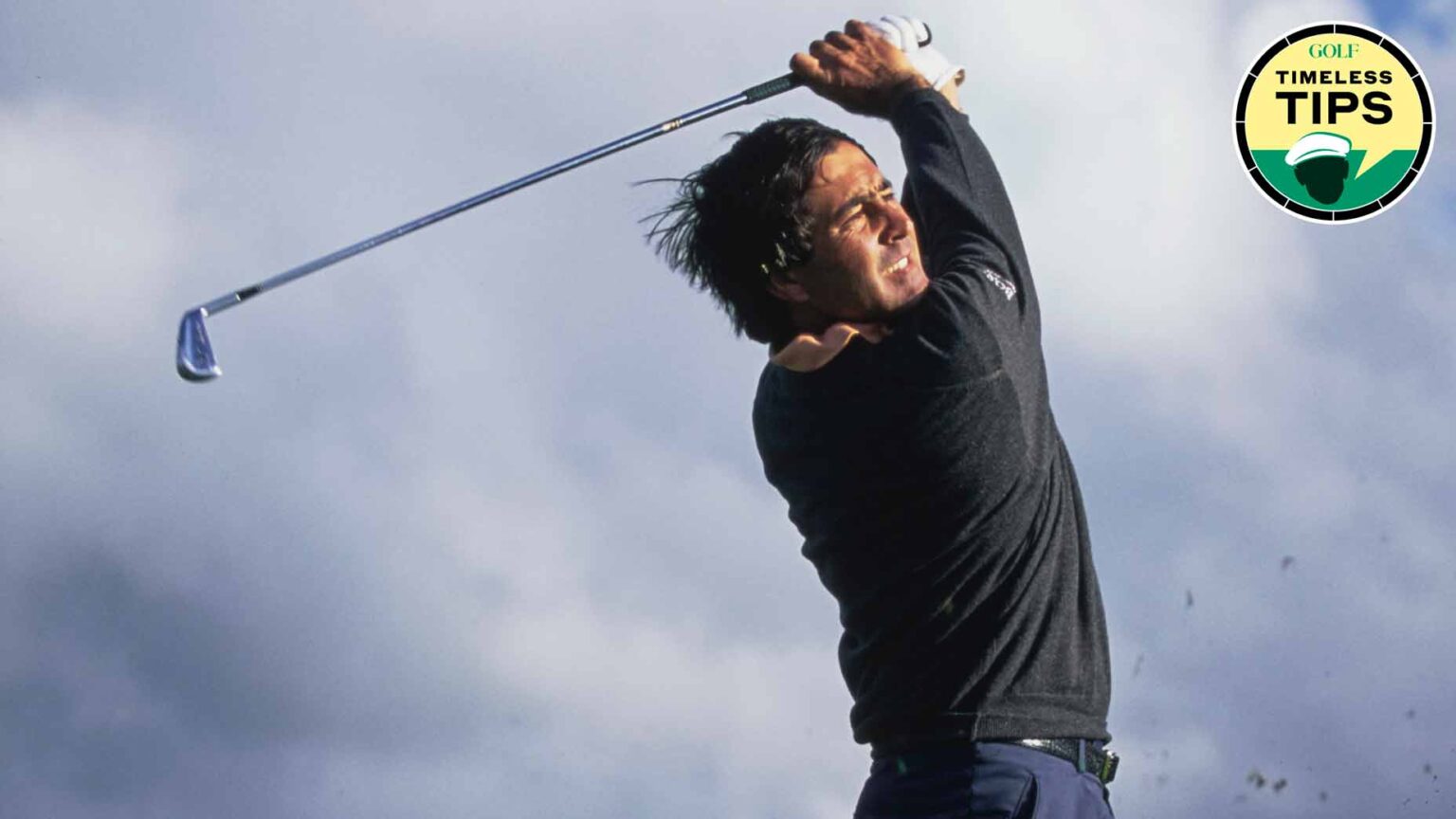Mastering Your Golf Swing: Seve Ballesteros’ Timeless Tips for Hitting More Fairways
Golf is an intricate game where precision and control dictate success on the course. The ability to drive the ball accurately off the tee is paramount for any golfer aiming to achieve lower scores. In this article, we will delve into the legendary Seve Ballesteros’ insights on refining your swing for enhanced accuracy, as featured in GOLF Magazine’s timeless golf instruction tips. These strategies, initially shared in October 1985, have remained relevant and can significantly improve your fairway performance.
The Importance of Accuracy in Golf
Accurate tee shots are crucial for setting yourself up for birdies. A well-placed drive leads to easier approach shots, turning the daunting task of hitting a flagstick into a more manageable challenge. Many golfers focus on power, often neglecting the precision needed to consistently find the fairway. As Seve Ballesteros demonstrated through his illustrious career, mastering control can yield remarkable results, enabling players to capitalize on their positions in the game.
Understanding the Shortened Swing Technique
The shortened swing is a game-changer for golfers seeking greater control. While the natural inclination is to swing hard with the driver, this can lead to inconsistency. Seve’s approach involved shortening his swing, which allowed him to focus on timing and rhythm rather than raw power. Although this technique may result in minor reductions in distance, the trade-off is well worth it—improved accuracy often leads to more opportunities for birdies.
Key Changes for a Controlled Swing
To transition to a shortened swing, golfers must make specific adjustments in their stance, takeaway, and overall swing mechanics. A key focus is on maintaining a rhythm that synchronizes both upper and lower body movements. This comprehensive approach gradually leads to a powerful yet controlled swing that consistently finds the fairway.
Stance and Address Position
When it comes to stance, the difference between an effective and ineffective swing can often start at address. Whereas Seve’s old swing featured a wide stance with a perpendicular right foot, adopting a narrower stance with a rotated foot opens the hips and enhances freedom of movement. Shift approximately 55% of your weight to the right foot, allowing for a more dynamic shoulder turn and proper weight transfer during the swing.
Mastering the Takeaway
In the initial phase of the swing, the takeaway is crucial. Previously, Ballesteros tended to break his wrists too early, which forced awkward body movements and disrupted the weight shift. Transitioning to a controlled takeaway where he delayed the wrist cock ensured that all components—arms, shoulders, and body—worked cohesively. This unity in motion sets the stage for a more effective swing.
The First Move: Setting Up for Success
As the swing begins, the first movement establishes the momentum. Seve’s previous approach involved a contorted upper body, restricting his knee action and leading to an incomplete swing. A more effective method involves allowing the upper and lower body to work in tandem. Rotate the knees while maintaining a stable head position, ensuring fluidity and control throughout the swing. Keeping the right elbow close to the body promotes better mechanics and ensures a flatter swing path.
Achieving Proper Weight Distribution at the Top
One of the defining moments of a golf swing is the position at the top. Seve’s old habit of holding his weight on the left side created a reverse pivot that led to improper shoulder tilting and poor hip coil. To remedy this, golfers should shift the majority of their weight to the right foot, generating upper-body torque without over-extending the swing. A well-executed top position can set the foundation for an effective downswing.
Moving Down: The Downswing Dynamics
Transitioning to the downswing can cause players to struggle if they fail to shift their weight appropriately. For Seve, remaining weight on the right side during the downswing meant inertia to cast the club prematurely and lose control. The proper technique involves shifting weight back to the left foot while allowing arms to swing freely. A smooth transition ensures an unimpeded release and promotes better ball contact as the clubface meets the golf ball.
Impact: Timing for Optimal Accuracy
Impact is where the results of the adjustments become apparent. Seve initially struggled with improper weight distribution at impact, often resulting in an open clubface and wayward shots. By refining his swing and ensuring proper weight shift and club angle, he could achieve square contact with the golf ball. This technique not only improves accuracy but also enables golfers to deliver a shallower angle of attack, ideal for controlled tee shots.
Conclusion: Embracing the Art of Control
In the world of golf, generational techniques stand the test of time, continuously benefiting players across skill levels. Seve Ballesteros’ insights into achieving a shortened swing, prioritizing control over power, are invaluable lessons that every golfer can implement. Embracing these strategies means transitioning from the rough to the fairway and taking on the course with newfound confidence. By focusing on rhythm, stance, weight distribution, and smooth transitions, golfers can unlock a new level of game performance.
Armed with these timeless tips, beginners and seasoned players alike can refine their skills, and ultimately, improve their scores. As Ballesteros taught us, the control derived from a well-executed swing holds the key to unlocking golf’s greatest challenges. Aim for the fairway and visualize that ideal shot—accuracy is your path to achieving your golfing dreams.
